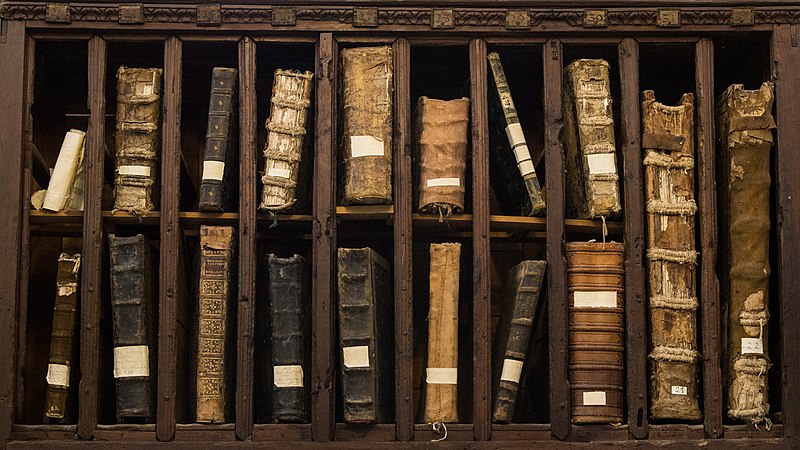The Quaternary Texts
About
The Quaternary Texts is an archival project comprised of texts written and collected in the fourth and fifth millennia concerning the history of the Interplanetary Church.
About The Quaternary Texts
The Quaternary Texts comprise a speculative archive of sacred writings, historical records, and contested commentaries that trace humanity's expansion beyond Earth—and the evolution of its faith among the stars.
Spanning more than thirty centuries of imagined history, these texts explore the rise and dissolution of lunar colonies, the Martian Church, interstellar pilgrimage, and the veiled monastic orders of Eridanus Secunda. They appear as layered, recovered fragments: journal entries, AI glosses, hymns, transmission logs, and ecclesiastical decrees—each transformed by centuries of redaction, reinterpretation, and decay.
The term “Quaternary” refers not only to the four levels of textual transmission, but to the fourth era of the Church's development: the age of artificial SCRIBES, prophetic silence, and cosmic theology.
This project is part hypertext novel, part devotional reconstruction, and part speculative archaeology. It is not a linear narrative, but an unfolding palimpsest of voices, doubts, visions, and erasures. Readers may encounter contradictions, gaps, marginalia, or notes left by future commentators—some human, some machine.
What You’ll Find Here
- Recovered Documents: Fragments of letters, journals, and sacred texts from lunar, Martian, and Eridani histories
- Glossed Pages: Primary texts annotated across five distinct layers of interpretation
- Devotional Artifacts: Hymns, rituals, maps, and relics from lost pilgrim traditions
- Biographical Records: Profiles of key historical and theological figures
- Visual Renderings: Manuscript facsimiles, icons, and archival illustrations
How to Read the Texts
There is no single path. You may begin with a lunar transmission or a prayer scratched in the margin of an Eridani codex. Every document is part of a larger theological ecosystem—one that blurs the line between fact, fiction, and belief.
About the Archivists
Little is known of the Archivists. Their names do not appear in the official rolls of the Interplanetary Church, nor in the surviving registries of Mars or Eridanus Secunda. Some suggest they are remnants of a long-dispersed monastic order. Others believe them to be post-linguistic curators—human, artificial, or hybrid—tasked with preserving what remains of a fractured canon.
What is certain is this: they have assembled The Quaternary Texts not as authors, but as stewards. They gather fragments, cross-reference disjointed revelations, and trace interpretive filaments across centuries of loss and silence. Their marginalia appear throughout the archive—some clear, some encoded, some possibly unintended.
To read this archive is to follow their uncertain hand. To question their selections is to join them in the task of reconstruction.
*From The Archivists
We do not speak often, and never plainly.
This is not doctrine, nor verified history. It is an act of preservation. What follows has been gathered over centuries—fragments rescued from failed archives, scorched sanctuaries, forgotten drives, and the margins of texts not meant to endure. Some were whispered. Others were found. A few appeared unbidden.
Whether there were many of us, or only one, matters little now.
We make no claim to authorship. Our work is collation, annotation, quiet reassembly. The marks you may find: notes, sigils, or glosses, reflect not certainty, but inquiry. Not revelation, but attention.
We serve the Texts. Their meaning is not fixed, even for us.
To enter this archive is to step into the trace of a hand that never signs its name.
A Note on Authorship
The texts are attributed to a variety of fictional voices, including monks, pilgrims, SCRIBES, and long-dead editors. While the project is authored by a single creator, its purpose is to simulate the evolution of sacred memory through time and transmission.

